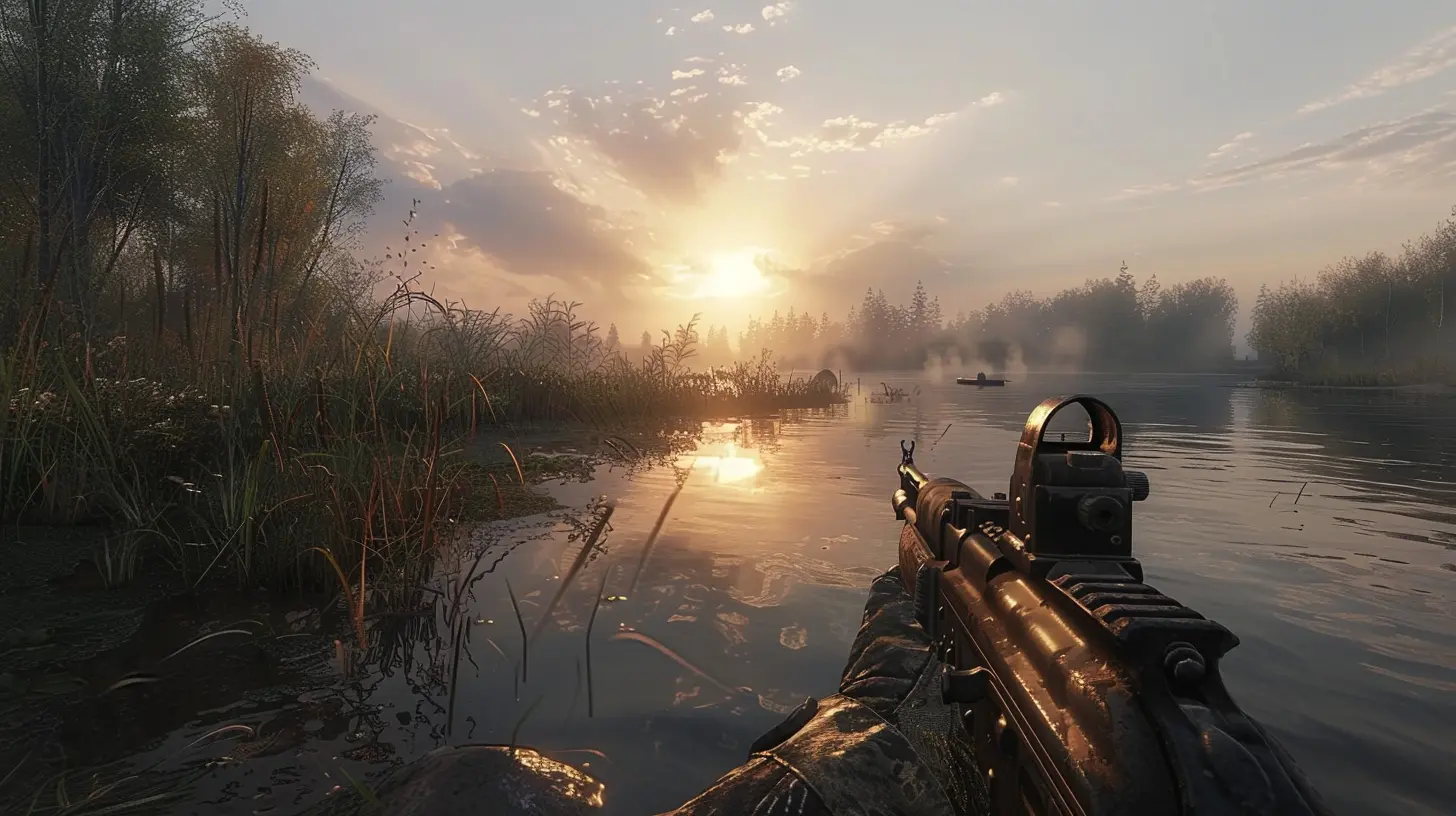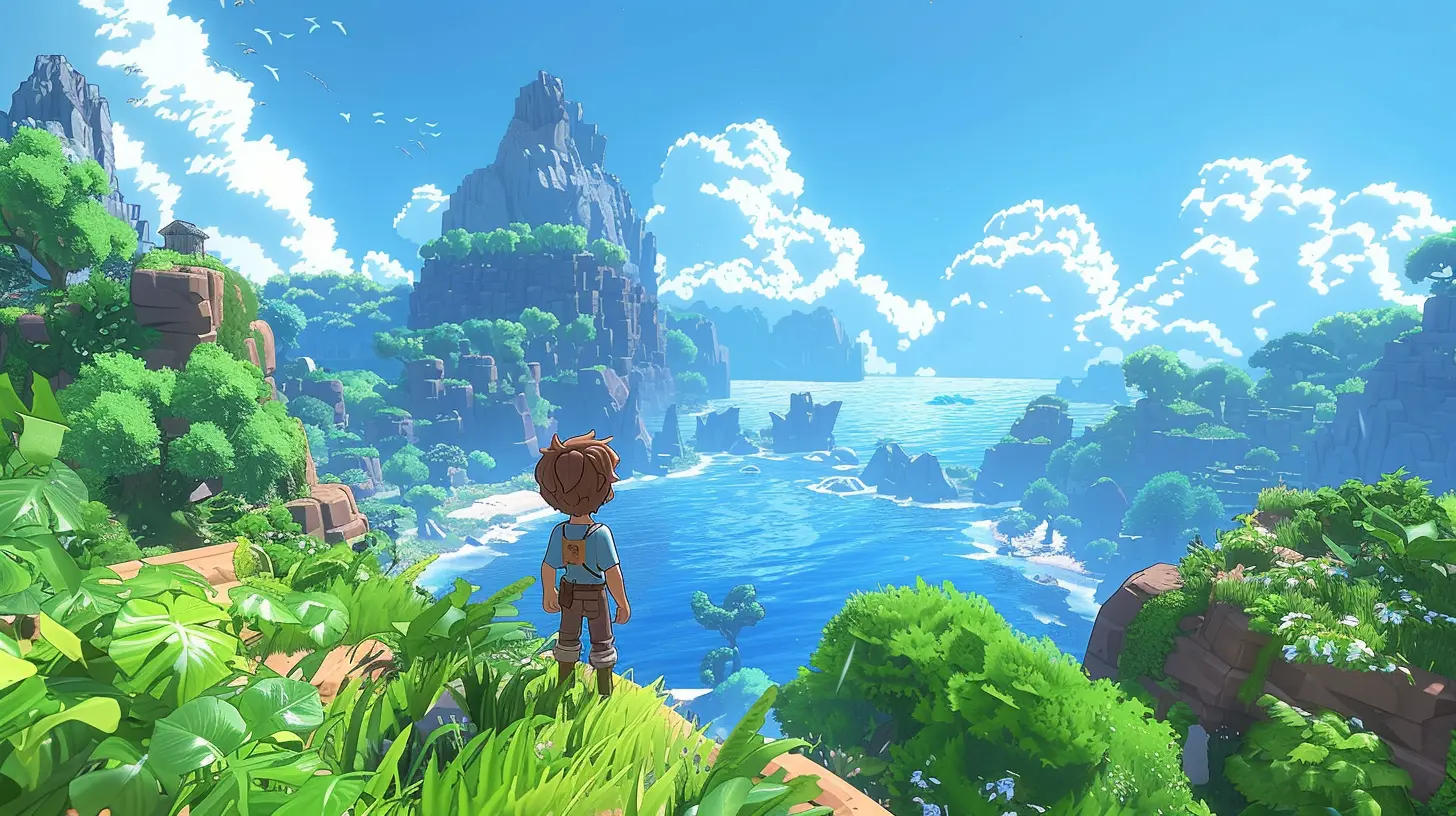24 March 2025
Survival games. They throw you into worlds brimming with endless opportunities, but also endless challenges. From gathering resources to battling enemies and building shelters, these games demand a perfect balance between exploration and crafting. But here's the catch—how do you find that sweet spot? How do you resist the urge to wander off into the great unknown while your half-built shack screams for attention? Balancing exploration and crafting can feel like juggling flaming torches while walking a tightrope.
But don't worry, I'm here to help! In this article, we're going to break it all down so you can thrive in your survival journey without feeling overwhelmed. Let’s unravel this challenge together, step by step.
Why Balancing Exploration and Crafting is Important
Imagine this: You’re in the middle of a dense forest. You’ve got tools to make, food to find, and a shelter to build. But instead of focusing on your immediate needs, you venture off to investigate that mysterious mountain in the distance. By the time you return, night has fallen, and you’re facing a pack of wolves with nothing but a stick in hand. Yikes.On the flip side, picture yourself spending hours holed up in your makeshift base, crafting every tool imaginable but never stepping outside to collect better resources. You're prepared, sure, but for what? Without venturing beyond your fortress, you're essentially wasting potential.
Balancing these two elements is crucial for survival. Exploration feeds your crafting endeavors with fresh resources and ideas, while crafting equips you to explore further and face the dangers of the unknown. The two go hand in hand, like peanut butter and jelly, or survival mode and sheer panic.
Step 1: Set Priorities – What's Most Important Right Now?
Let’s face it: survival isn't just about staying alive. It’s about thriving, and to do that, you need a plan. You wouldn’t try to bake a cake without a recipe, right? (Or maybe you would, but that’s a different story.)When you start a new survival journey, ask yourself, “What do I need to survive the next day or two?” In most cases, your priorities will look something like this:
1. Basic Shelter: Before you wander too far, make sure you’ve got a safe place to retreat to. Think of it as your home base—a cozy hub to regroup and store your valuables.
2. Essential Tools: Craft the essentials first—axes, picks, and maybe a weapon. These will help you gather better resources and defend yourself.
3. Food and Water: Stock up on the basics. If you’re starving, no amount of cool gear will save you.
By focusing on immediate needs, you’ll avoid the classic mistake of diving headfirst into exploration and returning empty-handed—or worse, not returning at all.
Step 2: Designate Time for Exploration and Crafting
Here’s a golden rule: Don’t try to do everything at once. Survival is a marathon, not a sprint. A little structure can help you stay on track. Set aside time for both exploration and crafting, like dividing your day into "phases."For example:
- Spend the early part of the day exploring nearby areas, collecting resources, and scoping out potential hazards.
- Use the evening or night to craft tools, cook food, and strategize for tomorrow.
It’s kind of like meal-prepping for the week—you invest time now to save yourself headaches later. Plus, this rhythm helps you avoid those “Oh no, I forgot to eat AND build a shelter!” panic spirals.
Step 3: Stay Organized – It’s All About Efficiency
Ever heard the phrase, “a cluttered mind equals a cluttered life”? Well, in survival games, a cluttered inventory equals chaos. Balancing exploration and crafting becomes a lot easier when you stay organized.- Sort Your Inventory: Keep similar items together. Designate categories (e.g., food, tools, crafting materials) so you’re not fumbling around during a fight.
- Plan Your Routes: Don’t wander aimlessly. Have a general idea of where you’re going and what you’re looking for. That hidden cave can wait if you know food is running low.
- Use Waypoints: If the game allows it, mark important locations. Found a patch of rare ore? Mark it. Discovered a fertile hunting ground? Mark it. This saves you from unnecessary backtracking.
Efficiency is the name of the game here. Think of it like packing for a hike: You want to bring everything you need without overloading yourself.
Step 4: Don’t Be Afraid to Experiment
Survival games are all about adaptability. Sure, you might have a plan, but the unexpected is inevitable. Maybe you stumble across a treasure chest filled with rare crafting materials, or a storm forces you into an unexplored corner of the map. Roll with it.Sometimes exploration can lead to crafting opportunities you hadn’t even considered, like finding blueprints for advanced gear or uncovering a hidden crafting station. On the flip side, crafting can inspire exploration—after all, what’s the point of building a raft if you’re not going to sail it?
Think of balancing exploration and crafting like cooking a new recipe. You’ve got the basic instructions, but there’s always room to tweak and adjust based on the ingredients you have.
Step 5: Know When to Push and When to Pull Back
Here’s a tricky one: knowing when to keep exploring versus when it’s time to head back to your base. This is often where players bite off more than they can chew.Follow these guidelines:
- If your inventory is full, it’s probably time to return home and unload your loot.
- If your health or hunger bars are low, stop pushing your luck and prioritize survival.
- If nightfall is approaching (and the game’s night cycle is dangerous), don’t get caught out in the open. Retreat to safety and regroup.
Think of your survival journey as a rubber band. You want to stretch yourself—venture out, take risks—but don’t overextend to the point of snapping. A well-timed retreat isn’t cowardly; it’s strategic.
Step 6: Take Advantage of Technology and Tips
Most survival games offer tools to help you balance exploration and crafting. Maps, compasses, crafting guides, and even in-game tutorials are there for a reason. Use them! And don’t be afraid to check out forums or Reddit threads for advice from other players. Sometimes the best tips come from someone who’s already made all the mistakes you’re trying to avoid.Step 7: Embrace the Journey, Not Just the Destination
Let’s get a bit philosophical for a second. Survival games aren’t just about “winning.” They’re about the experience. The stories you create, the challenges you overcome, the moments you survive by the skin of your teeth—those are what make these games unforgettable.So don’t stress too much about doing everything perfectly. Get lost in the woods. Spend an afternoon crafting that ridiculously over-the-top base. Chase after that rare animal, even if it leads to a totally different biome. The balance between exploration and crafting isn’t just about efficiency—it’s about enjoying the process.
Final Thoughts
Balancing exploration and crafting in your survival journey is like walking a tightrope. Lean too far in one direction, and you risk falling. But with a little planning, organization, and flexibility, you can find that perfect balance. Remember to prioritize, stay efficient, and embrace the unexpected. Whether you’re conquering brutal winters in The Long Dark or building the base of your dreams in Subnautica, the key is to have fun along the way.Now go out there and survive like the badass you are!





Colin Heath
Great insights! Balancing exploration and crafting can truly enhance the survival experience. I love how you highlighted the importance of both elements—each adds its own unique thrill to the journey!
April 1, 2025 at 4:46 PM